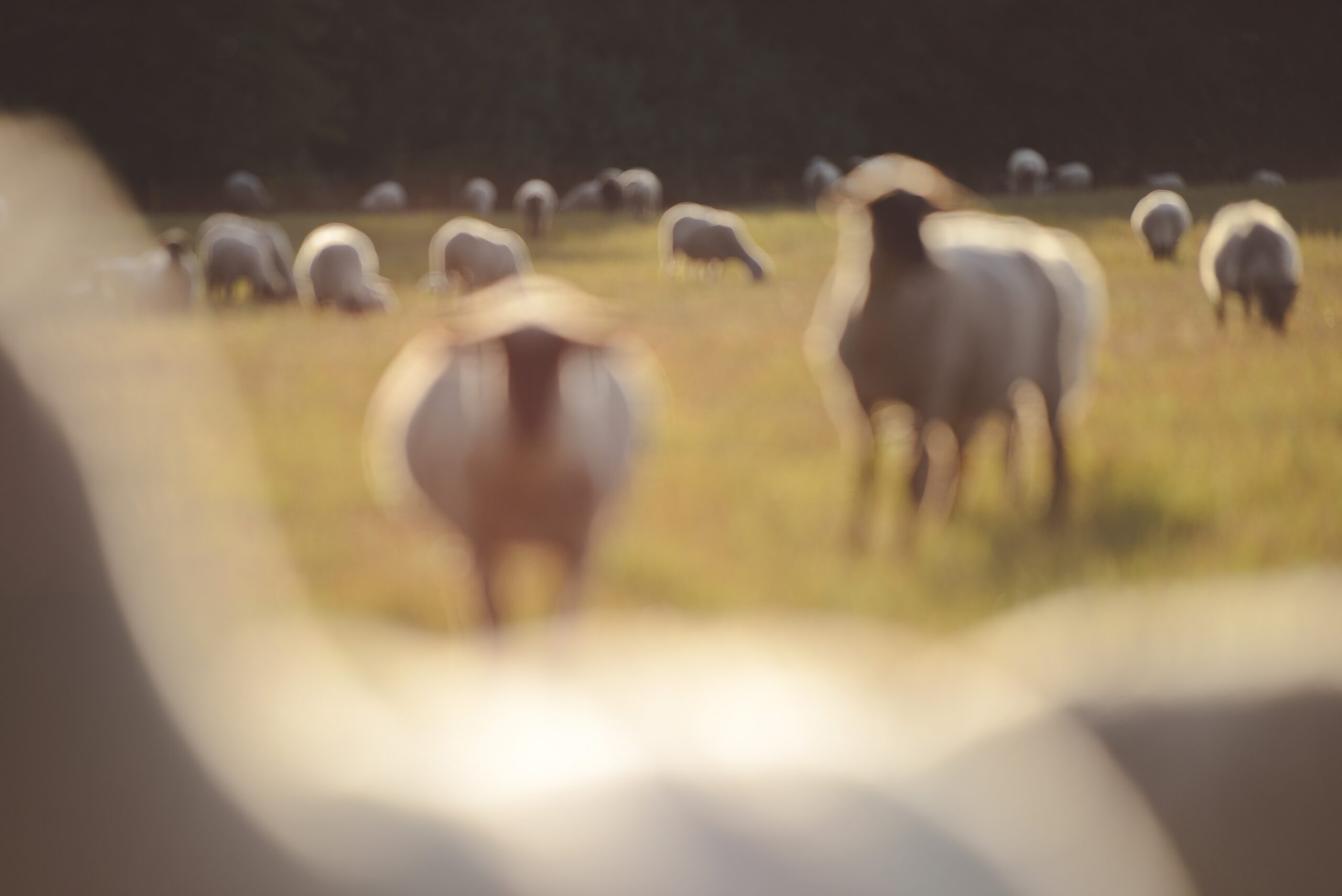Products

Thermal Conductivity
Insulwool® has been tested under laboratory conditions to determine the surface to surface thermal resistance (R-value). The higher the R-value the greater the resistance to heat gain in the summer months and heat loss in the winter months.
Transient Thermal Performance
Thermal insulation for building applications is traditionally rated on its steady-state thermal resistance, or R-value, which is the ratio of thickness to thermal conductivity. Materials with the same thermal resistance will have the same steady-state thermal performance. However the transient thermal performance of each material can be quite different due to absorption effects.
Test facilities set up by the Energy Research and Development Corporation, Wool Research and Development Corporation and CSIRO in Australia have determined that maximum daytime temperatures (29°C) can be reduced by 3°C and minimum night-time temperatures can be increased by 2°C for wool over man-made fibres. Overall efficiencies of 17.4% were recorded for wool where no vapour barrier existed.
Wool as a Humidity Controller
Experimental work carried out in a joint project between IWS and a British Research Centre has shown conclusively that wool significantly influences peak humidity levels. The combined use of woolen carpets, drapes and upholstery can drastically reduce condensation levels within the home environment. Preventing condensation will reduce heat loss and reduce mould growth which will prolong the life of the structure.
Corrosiveness
When tested in accordance with NZS 4222 INSULWOOL® showed no corrosion effects on aluminium, copper or steel metals.
Fire Resistivity
Wool is naturally flame resistant and difficult to burn. Recent tests from the Australian Wool Testing Authority have confirmed that not only is wool difficult to burn, it also acts as a fire retardant in cases were fires start. When tested in accordance with Australian Standard 1530 part 3, the following indices were achieved.
Ignitability Index 0
Spread of Flame Index 0
Heat Evolved Index 0
Smoke Developed Index 5
Sound Absorption
As well as providing an effective insulation for the home, Insulwool® doubles as a very effective sound absorber. Insulwool® was tested at the Acoustic Research Centre of the University of Auckland to determine its Noise Reduction Coefficient (NRC).
Standards followed were ISO 354 (1985) for method and ASTM C423-84a for determination.
A NRC of 0.85 was achieved.
Durability
Insulwool® under normal conditions, will last the life of the house. INSULWOOL® contains a moth-proof to deter vermin attack, a necessity as wool is a food source for a variety of insects. Wools natural bonding qualities prevent it blowing around in ceilings under normal conditions. Wool’s natural bonding qualities also help it to resist slumpage because wool fibres possess outer scales which prevent them sliding through each other unlike smooth man-made fibres.
Moisture Absorption
Moisture absorption of Insulwool® tested to NZS 4222 is only 8.4% by weight at 90% Relative Humidity (maximum allowed 15%). (NB: This is an incremental weight gain 50% R.H.) Wools unique ability to absorb and desorb moisture under some conditions, creates a substantial advantage over inorganic or man-made fibres which trap and retain moisture.
